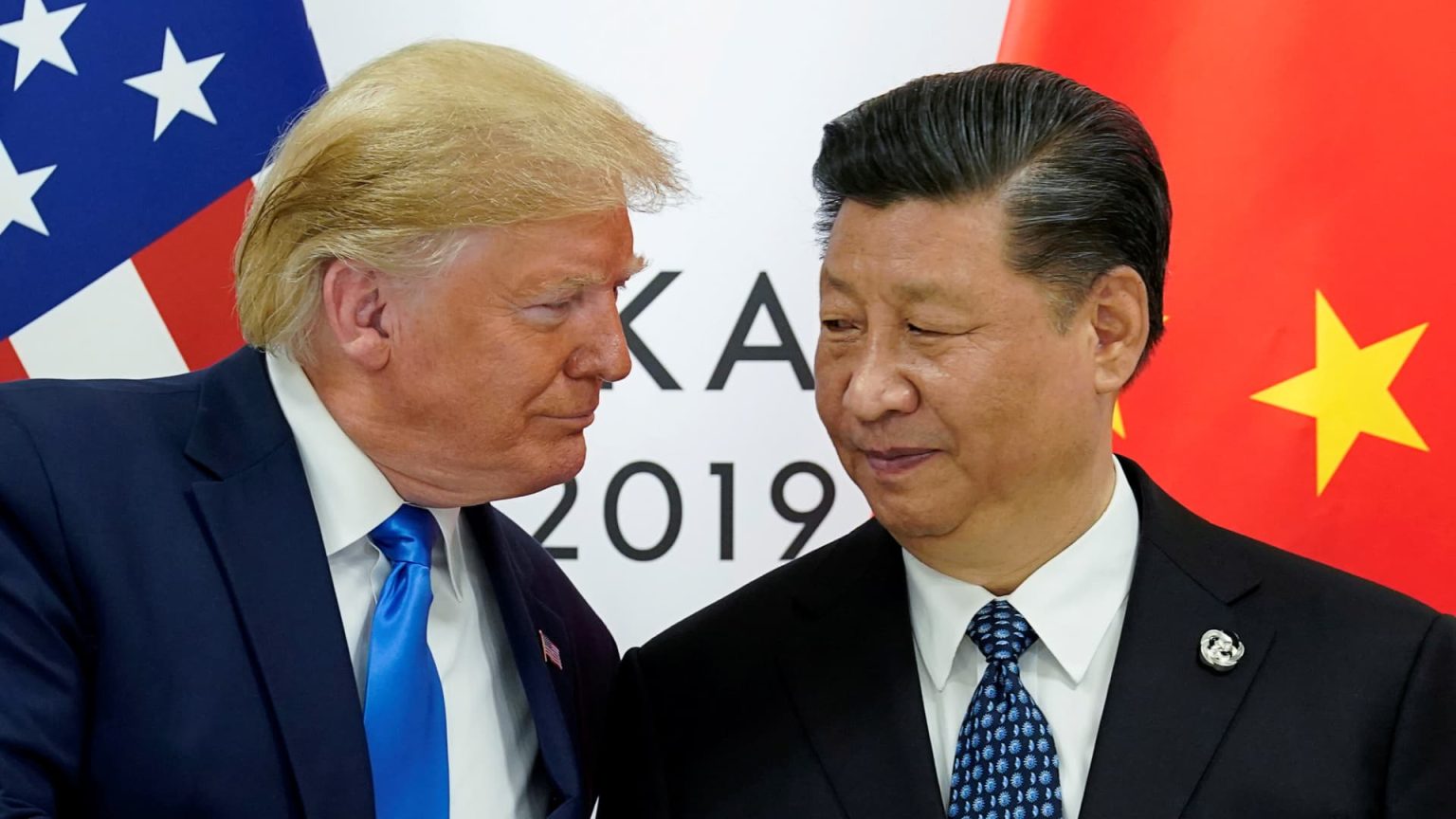#China’s Swift Retaliation Against U.S. Tariffs: A Brewing Trade War?
## Immediate Retaliatory Measures Announced by China
In a bold and swift response to the U.S. tariffs on Chinese goods, China unveiled a series of retaliatory measures on Tuesday. These measures include additional tariffs on key American imports such as coal, liquefied natural gas (LNG), crude oil, agricultural machinery, and certain cars. The tariffs, set to take effect on February 10, range from 10% to 15%, depending on the product. China’s Finance Ministry emphasized that these moves are a direct reaction to what it views as unfair trade practices by the U.S., which it claims violate World Trade Organization (WTO) rules and disrupt normal bilateral economic activities.
China’s actions mark the latest escalation in a trade dispute that has been simmering for years, with both nations imposing tariffs on each other’s goods. The U.S. tariffs on Chinese goods, which took effect recently, have raised concerns about a broader trade war between the two superpowers. While China’s retaliatory measures are significant, analysts like Louise Loo of Oxford Economics suggest that the immediate impact may be symbolic, potentially raising the effective tariff rate on U.S. imports into China by about 2 percentage points. However, Loo warns that this is likely just the beginning, with further rounds of tariffs from both sides highly likely.
## Targeted Export Controls on Critical Minerals
In addition to the tariffs, China announced export controls on a range of critical minerals, including tungsten, tellurium, ruthenium, molybdenum, and others. These minerals are essential for advanced technologies and industries, making China’s move a strategic blow to U.S. interests. The Commerce Ministry and customs officials stated that these export controls are aimed at protecting China’s economic and technological security.
The move underscores China’s willingness to leverage its dominance in critical supply chains to counter U.S. aggression. By restricting access to these minerals, China is signaling that it will not hesitate to use its strategic advantages in the event of further escalations. This has raised concerns among analysts, who note that such measures could have far-reaching implications for global trade and technological development.
## Investigations and Warnings: The Google Probe
China also announced an investigation into Alphabet’s Google, accusing the tech giant of violating the country’s anti-monopoly laws. While Google pulled its main internet and search engine services from China in 2010, it still operates in the country through other avenues, such as helping Chinese businesses advertise on its platforms abroad. The investigation is widely seen as a warning shot, signaling that China is prepared to target American tech companies if necessary.
Julian Evans-Pritchard of Capital Economics noted that these moves are calculated to demonstrate China’s intent to harm U.S. interests if provoked, while also leaving room for de-escalation. The tariffs and investigations could be postponed or canceled before they take full effect, depending on how the situation unfolds. This strategic flexibility allows China to maintain a tough stance without irreversibly escalating the conflict.
## Economic Implications and Market Reactions
The immediate market reaction to China’s retaliatory measures was muted, with the Chinese offshore yuan showing little change against the U.S. dollar. However, mainland markets, which were closed for the Lunar New Year holiday, are expected to react when trading resumes. Analysts are closely watching the situation, as the escalating trade tensions could have significant implications for China’s economy.
Economists at Goldman Sachs estimate that the additional U.S. tariffs could reduce China’s real GDP growth by 50 basis points this year, potentially slowing growth to 4.5%. Meanwhile, domestic consumer inflation is expected to rise by just 0.4%, reflecting weak demand and an ongoing real estate crisis. These projections highlight the need for stronger domestic stimulus measures to offset the impact of the tariffs.
## The Bigger Picture: U.S.-China Trade Relations
The U.S.-China trade dispute is part of a broader geo-economic struggle between the two nations. While the U.S. has recently reached agreements with Canada and Mexico to pause tariffs, China has not received similar treatment. Vishnu Varathan of Mizuho Bank noted that resolving trade tensions with China will be far more challenging due to the complex geopolitical dynamics at play.
President Donald Trump has ordered his administration to investigate China’s compliance with a trade deal struck in 2020, with the results expected by April 1. This could set the stage for further tariff actions, potentially escalating the trade war. Meanwhile, there are reports that Trump and Chinese President Xi Jinping may speak in the coming days, raising hopes for a resolution. However, given the deep-seated tensions and competing interests, analysts remain cautious about the prospects for a swift resolution.
As the situation continues to unfold, one thing is clear: the U.S.-China trade war is far from over. With both sides digging in their heels, the global economy could face significant disruption in the months and years to come. Whether through symbolic gestures or more substantive measures, China has made it clear that it will not back down without a fight.
